Fondazione Musei Civici di Venezia is pleased to presente the fourth edition of Muve Contemporaneo
In this fourth edition of Muve Contemporaneo, and in what among all its museums is the one most dedicated to the
contemporary scene, the Fondazione Musei Civici di Venezia is pleased to present the first extensive Italian retrospective
dedicated to Arshile Gorky. This is a new and comprehensive exhibition about an artist with a complex personal and artistic
evolution, with a story that is singular and exemplary at the same time. What characterised, and characterises, the figure of Gorky is the link between art, artist and society, a theme that is not by chance present in many of the exhibitions scheduled for
Muve Contemporaneo.
For the Arshile Gorky 1904-1948 exhibition, the pieces that were once exhibited in the first post-war Biennale in 1948 and
which proved such an influence on Italian art of the fifties will return to Venice. They swayed not only those painters already
heading towards abstraction along a one-way path, but an entire generation of artists and critics, who then discovered the work of Jackson Pollock, Willem de Kooning, and of Arshile Gorky himself, who committed suicide that same year.
His presence at the Biennale was then repeated in 1950 and 1962. The show at Ca’ Pesaro – Galleria Internazionale d’Arte
Moderna marks his most significant presence. Gorky marked the history of American expressionism after arriving in the United States, a 15-year-old Turk fleeing the Armenian genocide, under a different name. He was able to collect the lessons offered by the masters of modern European painting and create his own personal approach. “Gorky does not need to be original with respect to Miró, just as analytic cubism did not need to be original compared to the late Cézanne. When one is revolutionary there is no need to be original”, wrote Toti Scialoja, one of the first in Italy to understand his stature, about him.
At Palazzo Fortuny we celebrate the 70th anniversary of the death of Mariano Fortuny y Madrazo, son of Mariano Fortuny y Marsal, with an exhibition dedicated to both. I Fortuny. Una storia di famiglia investigates the two themes that unite them: the practice of painting and the passion for collecting.
Fortuny Marsal cultivated his passion for antiques by surrounding himself with antique fabrics, ceramics, statues, furniture and rugs, but at his death most of the collection was dispersed to major European museums and beyond.
Now many of those works return “home”, including the famous Salar Vase, also known as the Fortuny Vase, which has been
loaned for the first time ever by the State Hermitage Museum in St. Petersburg. And there will be the clothes that made Fortuny Madrazo known to the world, and a number of pictures painted in the felicitous manner of the father and the eclecticism of the son.
Those same days at Palazzo Fortuny see the inauguration of the first major international retrospective dedicated to Yun Hyong-keun since his death (2007), with 55 masterpieces covering the entire career of the great Korean artist and extensive documentation, including a reproduction of the his studio. Linked to the pictorial tradition and able with his
minimalism to maintain a dialogue with artists and works of contemporary American and European abstract art, in Venice
Yun Hyong-keun finds a setting similar to his pictorial poetics, composed of few, essential elements, of fields of burnt umber
pigments and ultramarine blue, between earth and sky.
A major exhibition at the Museo del Vetro di Murano is dedicated to the production of Tapio Wirkkala, and pays
homage to the Finnish designer who was one of the first to bring the new Scandinavian linguistic code the world’s attention. Linked to Venice, to the Murano glassworks and to Venini in particular, Wirkkala was a designer, graphic designer and sculptor of wood: glass was always at the centre of his work from the outset, but his genius worked with the most diverse materials and he created unique or industrial objects for the most varied use, always going through all the production phases, from design to production.
In the Murano exhibition two sides to the artist are identified: that linked to the transparency of glass and its material form, deeply connected with Finnish nature, and the other colourful one connected to the artistic and executive virtuosity of Murano.
Matthias Schaller. Leiermann opens at the same Museo del Vetro di Murano at the same time, with a series that develops the theme of the mirror and of Venice, with photographic works that link up with Franz Schubert’s composition, “Der
Leiermann”, to dwell on what and how the mirrors of the past reflect this Venice. The link between depiction, artist and society underlies the work of all three new-generation Italian artists hosted by Muve Contemporaneo in three museums.
With over thirty images and still-lifes, Brigitte Niedermair brings a selection of her twenty years of work as a fashion
photographer to the rooms of the Museo di Palazzo Mocenigo, with a site-specific installation. Niedermair’s works seek and find their place in the alternation of intimate and monumental spaces, sometimes taking the place of the Mocenigo collection’s paintings in rooms that were once private. The images interact with the space in a poetic, sometimes provocative way,
creating a fusion of themes of identity and gender, of the “classicism” of the female figure and the powerful depiction of women in the contemporary work of the photographer.
With Flavio Favelli at Ca’ Rezzonico the visitor is confronted with overlays, assemblies, the composition of images, textures
and materials with, as central theme, an altered and sophisticated sign-text-logo. Il bello inverso (The inverse beauty) is the beauty that is part of the artist’s work, exhibited in the most famous city of art in the world, endowed with its own historical and overwhelming beauty.
Remembered advertising logos, remains of transitory urban interventions, obsolete everyday objects, for fifteen new three dimensional works assembled and exhibited in one place, the Museo del Settecento Veneziano, where, as the artist notes, “there are no walls to pierce”. Favelli’s intervention is thus site-specific in the most practical sense.
From her trip to the Sabra and Chatila refugee camps in Lebanon, Chiara Dynys brings to the Museo Correr’s Sala delle Quattro Colonne the images of a childhood that resists, of “solidarity among children, necessary to survive in a hostile context and able to create a different dimension, a world fit for children but with all the rules of a complex system”, as the artist explains.
The photographs of those children and their daily lives are enclosed in golden tabernacles, for a total of 37 pieces, witnesses of the difficulty for the artist of looking at the world and the contemporary need to do so. A crystal case with the quotation of Saint Augustine’s words, “There is nothing outside”, completes the installation.
The Galleria Internazionale d’Arte Moderna houses an important group of sculptures by Medardo Rosso, whose work has long been studied and reworked by Barry X Ball in the Medardo Rosso Project. This is a complex and almost encyclopaedic project, with 3D scanning of the works by the Turin master preserved in public and private Italian collections, which then form the basis for new works by the American artist.
At Ca’ Pesaro the twelve stone sculptures by Barry X Ball go on display, derived from the wax, plaster and clay originals of Medardo Rosso and made with sophisticated technologies in translucent, precious and exotic materials such as golden honeycomb calcite or Iranian onyx.
Also at Ca’ Pesaro – Galleria Internazionale d’Arte Moderna, but in the outdoor area, will be displayed Meteorite Narvalo by the sculptor Bizhan Bassiri, representative of the Republic of Iran at the 2017 Venice Biennale. Meteorite is a bronze sculpture ten metres high and with a platinum tip, which has its conceptual origin in the Manifesto of magmatic thought elaborated by the artist in Rome at the end of the 1980s, inspired by the idea of art as a meteorite that “does not belong
to the earth but appears to it”.
With Carnet de voyage. Il profumo illustrato our journey into art becomes olfactory, and in the rooms of Museo di Palazzo Mocenigo, Centro Studi di Storia del Tessuto, del Costume e del Profumo we can follow the vicissitudes of the Venetian merchants of essences and spices designed by the expert hands of Guido Fuga, lifelong assistant to Hugo Pratt, accompanied by the stories of Jean Giacomin and immerse ourselves with him in an interactive and multisensorial exhibition dedicated to the invisible protagonist that is fragrance. Project by Mavive and Merchant of Venice.

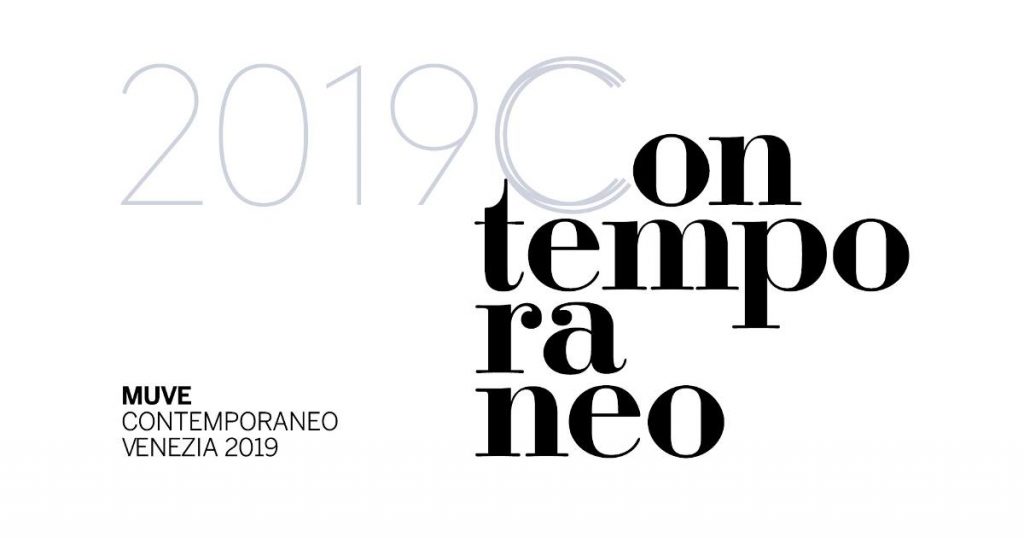
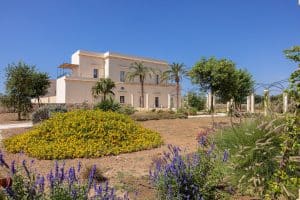
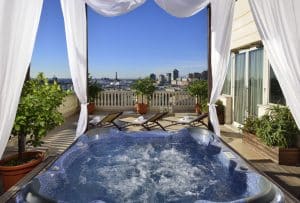
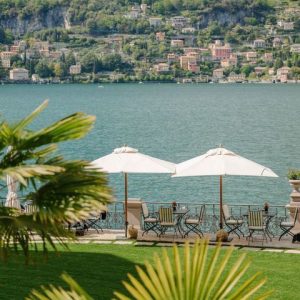
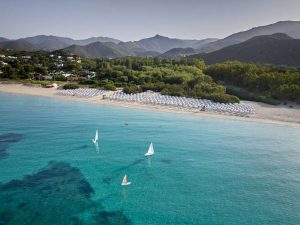
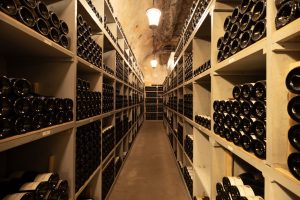
No comment yet, add your voice below!